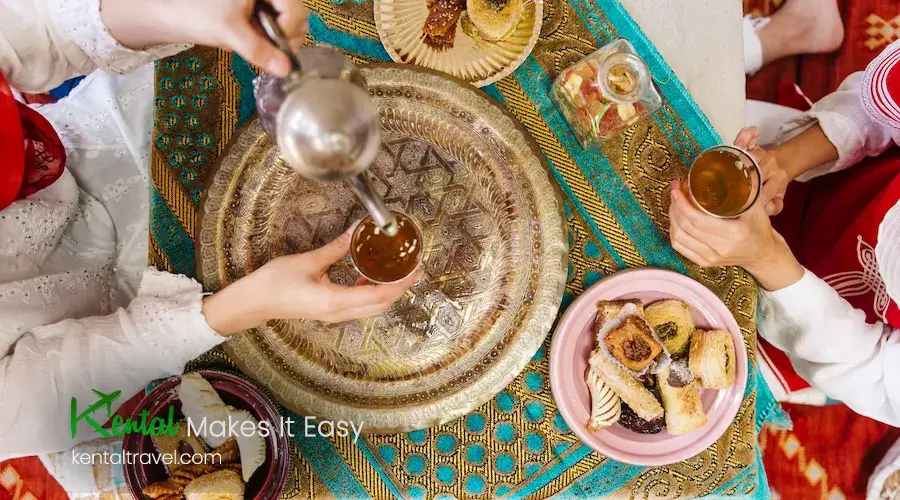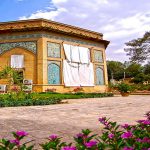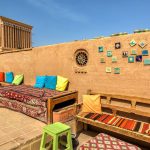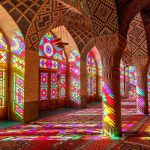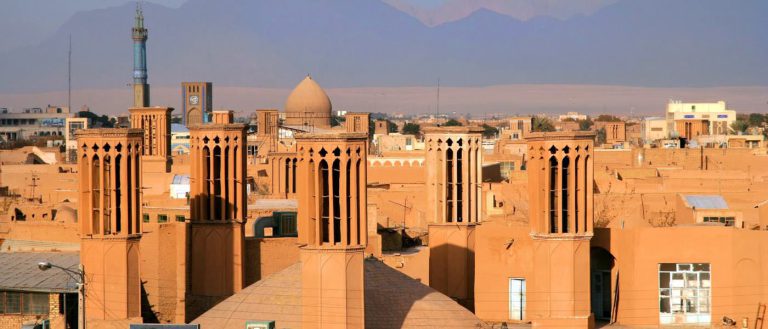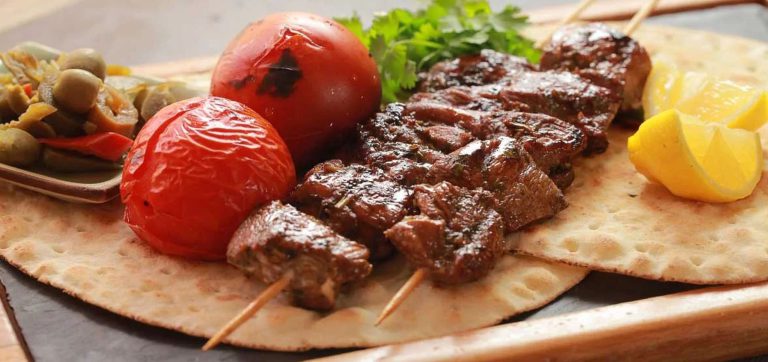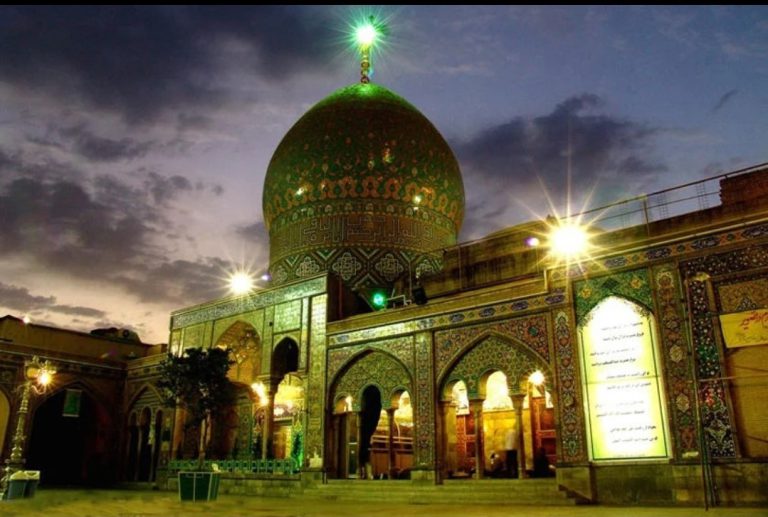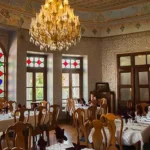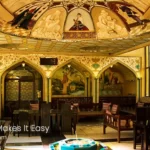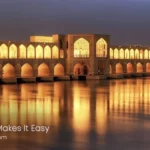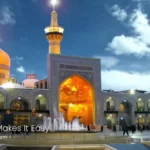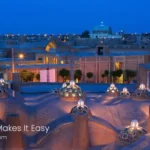In the heart of the Middle East, Iran stands as a land of vibrant traditions, ancient history, and a tapestry of cultures. Festivals in Iran are timeless pillars that encapsulate the essence of tradition, spirituality, and unity. These festivals honor ancestral customs and foster social cohesion, intergenerational exchange, and the convergence of Iran’s religious and artistic expressions. This article unveils the enduring charm of Iran’s festivals, portraying their pivotal role in preserving traditions and showing the nation’s cultural soul. Some of the most popular festivals in Iran are Nowruz, Chaharshanbe Suri, Sizdeh Bedar, Yalda, Mehregan, and Sepandārmazgān.
List of Iran Festivals and Ceremonies
Nowruz Festival in Iran
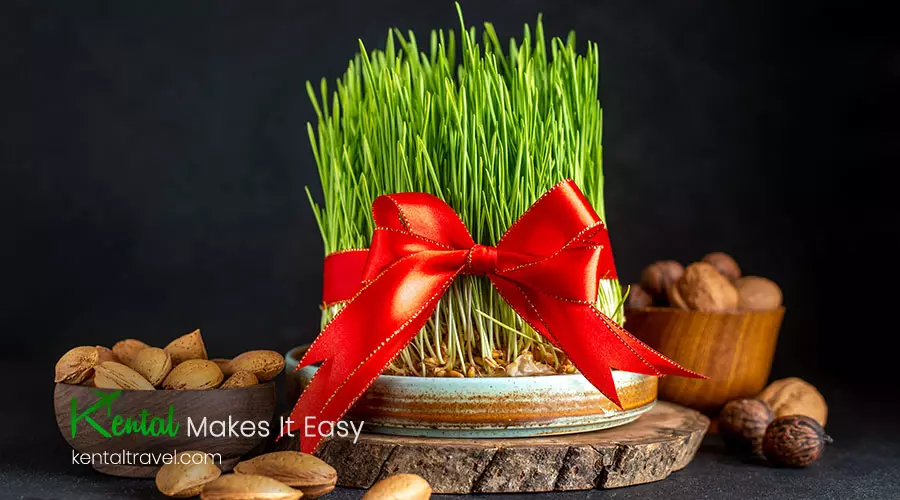
Norooz, also known as the Iranian New Year, is a significant cultural and traditional Persian Festival. It marks the Iranian calendar’s first day of spring and the beginning of the year. The celebration usually falls on or around March 21st. Norooz has been observed for over 3,000 years and holds great importance in Iranian culture.
Preparations for Norooz begin weeks in advance, involving thorough cleaning of homes and purchasing new clothes. The centerpiece of Norooz is the “Haft-Seen” table, where seven items, each starting with the Persian letter “س” (pronounced as “seen”), are displayed, symbolizing various aspects of life and nature.
Family gatherings, feasting, and visiting friends and relatives are common during Norooz. Traditional foods like “sabzi polo mahi” (herb rice with fish) and sweets are enjoyed. The festival extends for about two weeks, and on the 13th day, Iranians participate in “Sizdah Bedar,” a tradition involving outdoor picnics and festivities.
Norooz is not limited to Iran; it’s also celebrated in neighboring countries and among Iranian communities worldwide. The festival holds cultural, social, and historical significance, bringing people together to welcome the new year with hope and renewal. Nowruz is the best time to visit Iran!
Chaharshanbe Suri (Festival of Fire)

Chaharshanbe Suri, also known as the Iranian Fire Festival, is an ancient prelude to the Norooz celebrations in Iran. It takes place on the eve of the last Wednesday before Norooz, usually in late March. During Chaharshanbe Suri, people light bonfires and jump over them, symbolizing the cleansing of their spirits and the hope for a better year ahead.
This festival in Iran has its roots in Zoroastrianism, the ancient religion of Persia, and is believed to have originated as a way to ward off evil spirits. In addition to the fire jumping, people engage in activities like singing, dancing, and making noise to drive away negative energies.
Chaharshanbe Suri is marked by unity as families and communities come together to participate in the festivities. It’s a traditional event that has maintained its popularity over the years, providing a unique cultural experience and a tangible link to Iran’s rich history.
Sizdeh Bedar

Sizdah Be-Dar, also known as Nature’s Day, is a festival in Iran that takes place on the 13th day of the Persian New Year, Norooz. Falling around April 1st marks the end of the Norooz holiday period. On this day, people typically spend time outdoors, enjoying picnics, nature, and socializing.
Sizdah Be-Dar has its roots in ancient Persia and is believed to have cultural and symbolic significance. The number 13 has been considered unlucky in Persian culture, and spending the day outdoors is thought to ward off any bad luck associated with this number.
People gather in parks, gardens, and other open spaces to celebrate Sizdah Be-Dar. They bring food, games, and musical instruments, creating a festive atmosphere. Some also tie blades of grass into knots, symbolizing their wishes for good luck and a positive year ahead.
The festival showcases Iranians’ strong connection to nature and their desire to welcome the new year with joy and optimism. It’s a time for families and friends to come together, enjoy the outdoors, and appreciate the beauty of spring.
Yalda Festival (Shab e Cheleh)

Yalda, also known as Shab-e Cheleh, is an ancient festival in Iran that takes place on the longest night of the year, which falls around December 21st. It marks the winter solstice and the beginning of longer daylight hours.
The festival has its origins in Zoroastrianism and has been observed for centuries. Yalda is a time for family and friends to gather together, usually in the homes of older family members. Traditionally, a variety of fruits, nuts, and sweets are served, symbolizing the harvest and abundance. Pomegranates and watermelons are particularly important, as their red and green colors represent the cycle of life.
The practice of reading poetry, especially the works of the renowned Persian poet Hafez, is a significant part of Yalda. People seek insights and predictions for the upcoming year by opening Hafez’s Divan (collection of poems) and interpreting the verses that they randomly select.
Yalda Festival showcases the importance of community, the changing of seasons, and the enduring cultural traditions in Iran. It’s a time to come together, share stories, enjoy traditional foods, and welcome the gradual return of daylight after the longest night of the year.
Kashan Rosewater Festival
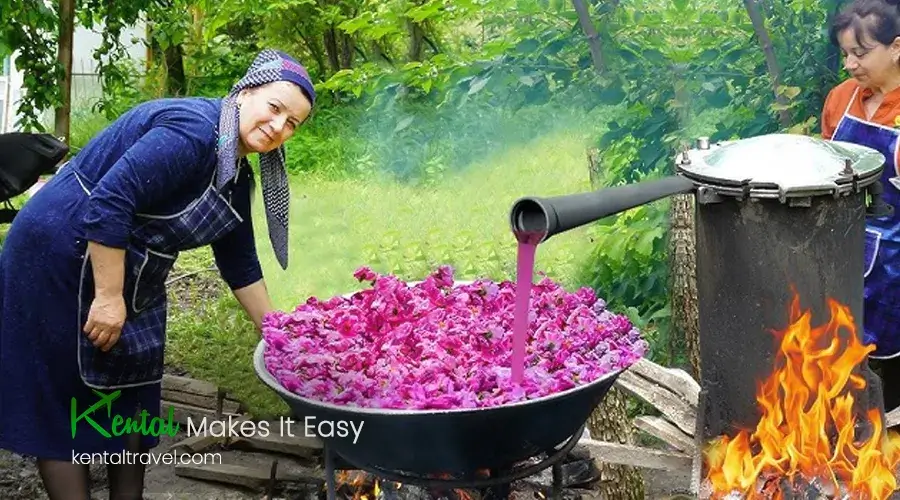
The Kashan Rosewater Festival is an annual event in Kashan, Iran, that celebrates the production of rosewater, an essential ingredient in traditional perfumes and culinary dishes. Taking place in late May to early June, the festival coincides with the blooming season of Mohammadi roses, a fragrant flower used to make rosewater.
During the festival, participants engage in a variety of activities related to rosewater production. They visit rose gardens, where they witness the delicate process of collecting rose petals early in the morning before the sun’s heat diminishes the fragrance. The petals are then distilled to extract the essential oil, resulting in rosewater.
Visitors have the opportunity to observe and even participate in the distillation process, gaining insight into the meticulous art of producing rosewater. The festival often includes cultural events, performances, and traditional music to enhance the experience.
The Kashan Rosewater Festival showcases the historical significance of rosewater in Iranian culture and provides a unique opportunity for locals and tourists alike to immerse themselves in the aromatic world of rose production.
Mehregan

Mehregan is an ancient Iranian festival that celebrates friendship, love, and harvest. It dates back to pre-Islamic times and is observed on the 16th day of the seventh month in the Persian calendar, which usually falls in early October.
The festival has Zoroastrian origins and is dedicated to Mithra, the God of friendship and light. During Mehregan, people gather to enjoy feasts, music, and dancing. Traditional foods and sweets are prepared, and families and friends exchange gifts as a sign of affection.
Mehregan is also a time for expressing gratitude for the harvest season. It’s celebrated with enthusiasm, reflecting the importance of social bonds and the bounty of the earth in Iranian culture. The festival is a testament to the enduring traditions that have been passed down through generations.
Tasua and Ashura
Tasua and Ashura are significant religious observances in Iran, particularly among Shia Muslims. They commemorate the martyrdom of Imam Hussein, the grandson of the Prophet Muhammad, and his companions in the Battle of Karbala in 680 AD.
Tasua falls on the 9th day of the Islamic month of Muharram, while Ashura takes place on the 10th day. These days hold deep spiritual importance, marked by mourning, processions, and commemorations. Shia Muslims engage in rituals of grief, such as reciting elegies and participating in processions that express sorrow and solidarity with the sufferings of Imam Hussein.
Though a solemn occasion, Tasua and Ashura also emphasize the themes of sacrifice, justice, and resistance against oppression. These observances are reflective of the rich religious and historical heritage of Iran and its significance within the Shia Muslim community.
Sepandārmazgān
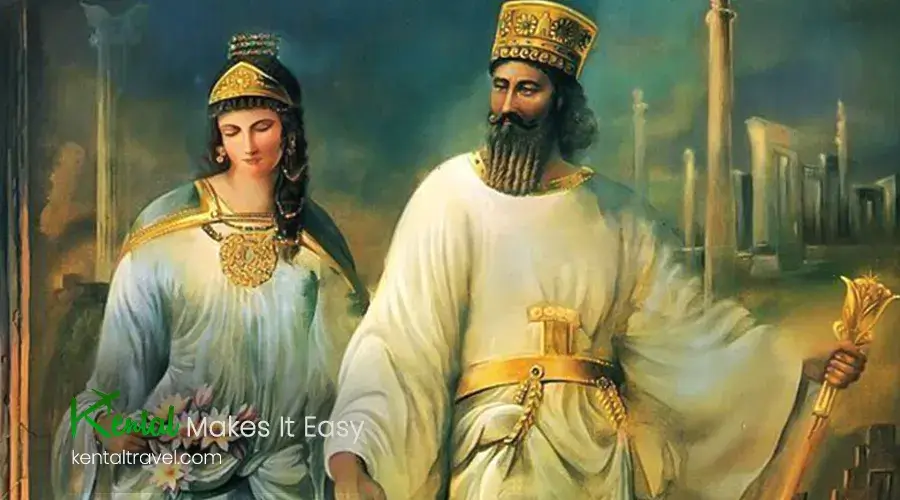
Sepandārmazgān is an ancient Iranian festival that celebrates love, respect, and women. It is observed on the 29th day of the month of Bahman in the Iranian calendar, which usually falls in February. The festival has Zoroastrian origins and is dedicated to Spandarmad, the goddess of earth and fertility.
During Sepandārmazgān, people express appreciation for the women in their lives—mothers, sisters, wives, and daughters—by giving them gifts and spending quality time together. It’s a day to honor and acknowledge the important role women play in society.
The festival promotes love and harmony among families and communities. It has cultural significance, highlighting the value of women’s contributions and the bonds between individuals. Sepandārmazgān is a reminder of the enduring customs and beliefs in Iranian culture.
FAQs About Iranian Festivals
- What are the most popular Islamic festivals in Iran?
-
- Eid al-Fitr: Eid al-Fitr, also known as the “Festival of Breaking the Fast,” is a major Islamic holiday celebrated by Muslims worldwide, including Iran. It marks the end of Ramadan, the holy month of fasting. Families come together to offer prayers, share communal meals, and exchange gifts. The occasion emphasizes gratitude, generosity, and unity within the Muslim community.
-
- Eid al-Adha: Eid al-Adha, or the “Festival of Sacrifice,” commemorates the willingness of Ibrahim (Abraham) to sacrifice his son as an act of obedience to God. In Iran, as in other Muslim countries, this holiday involves performing the ritual of Qurbani, or animal sacrifice. The meat is divided among family, friends, and the less fortunate. This celebration emphasizes devotion, charity, and the significance of obedience to God’s will.
-
- Eid Ghadir: Eid Ghadir is a Shia Islamic holiday observed by Iranian Shia Muslims. It commemorates the event of Ghadir Khumm, where the Prophet Muhammad publicly declared Imam Ali as his successor. This occasion holds particular importance within the Shia community, highlighting the significance of leadership and the rightful Imamate. Special prayers, gatherings, and lectures take place to remember and reflect upon this event’s spiritual and historical significance.
- Which is the main festival in Iran?
Norooz, the Iranian New Year, is the main festival in Iran, marking the arrival of spring and the new year. Families gather for symbolic rituals, feasting, and visiting, embodying themes of renewal and hope.

